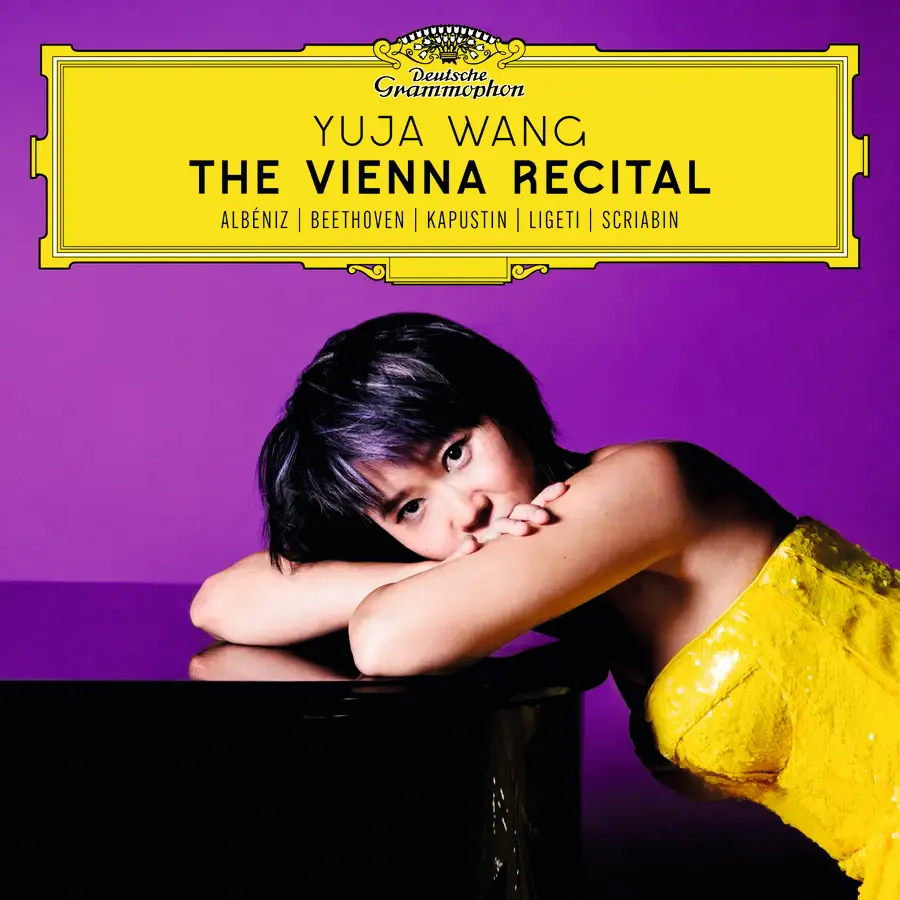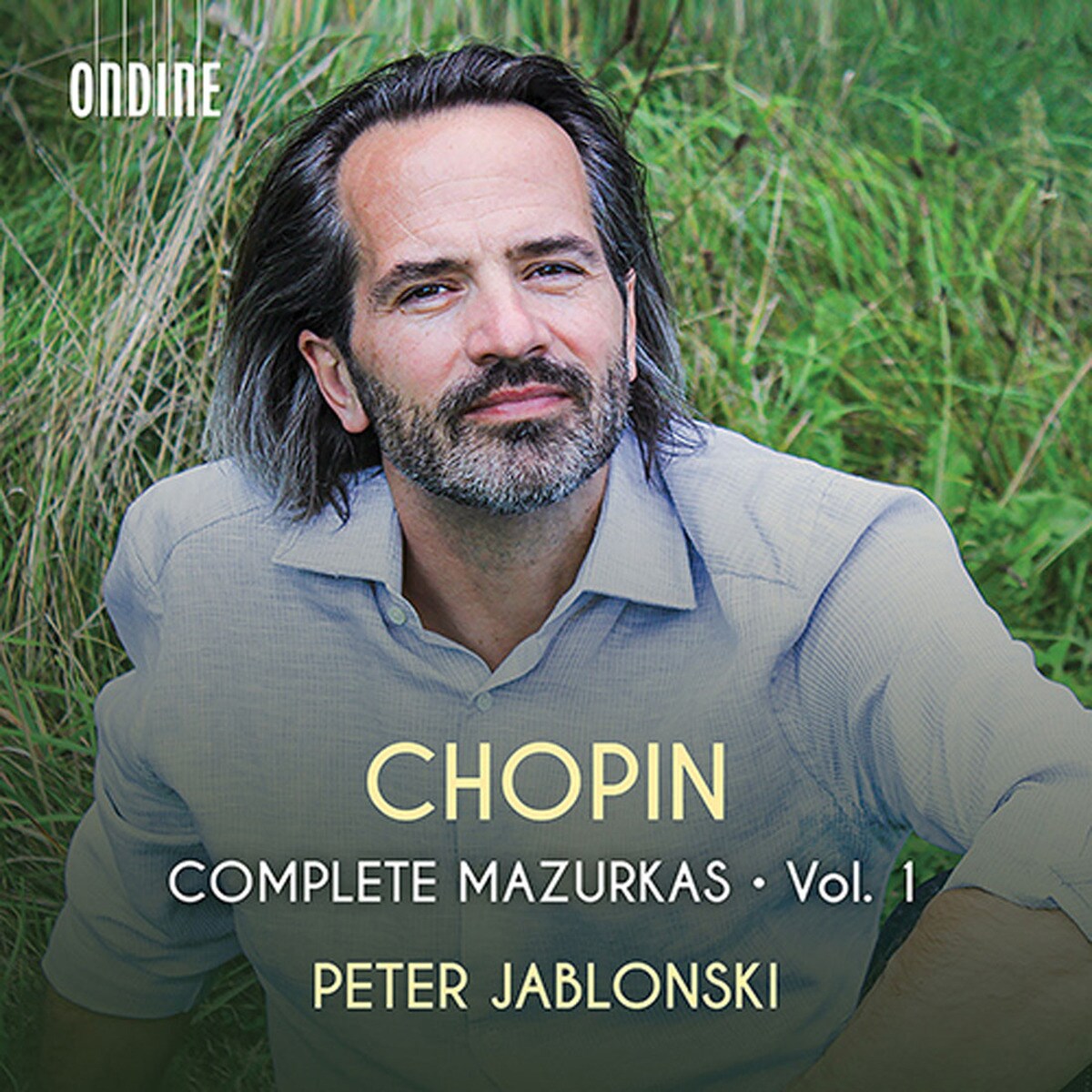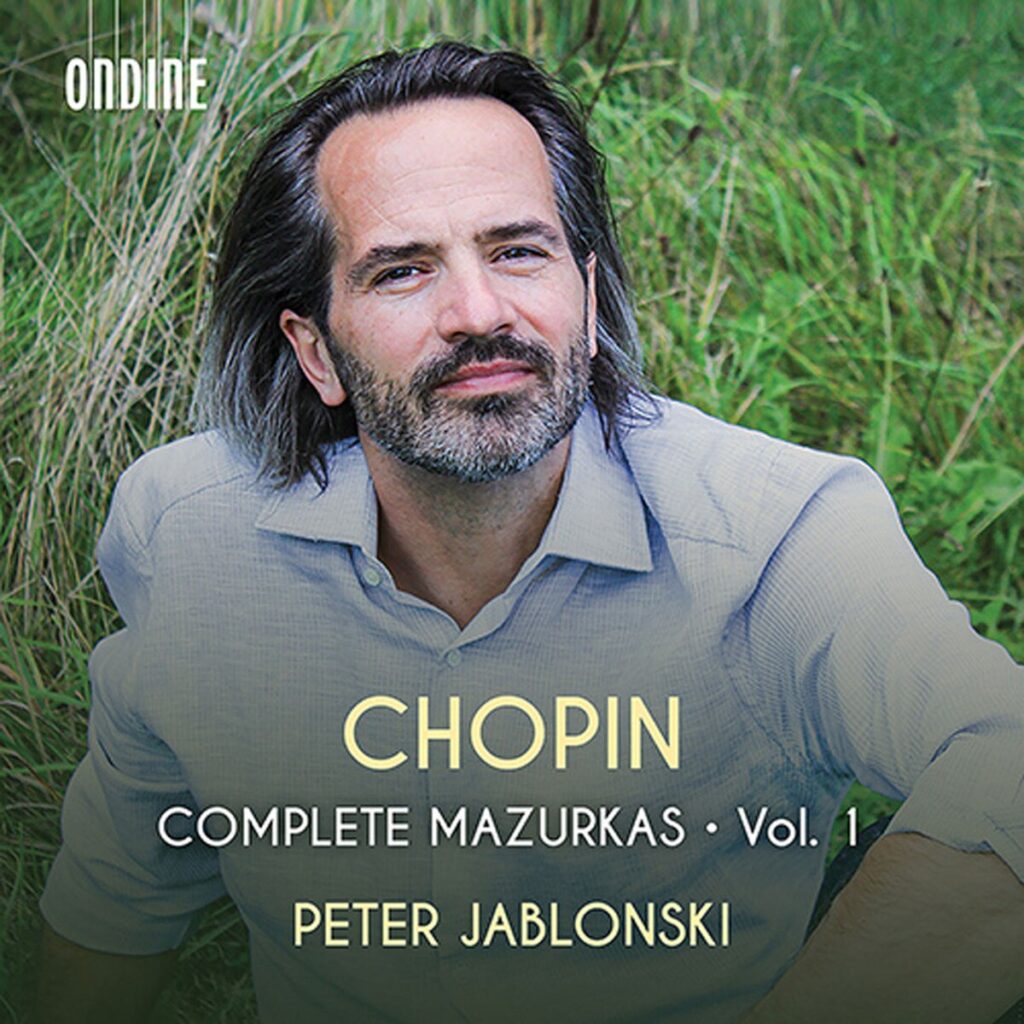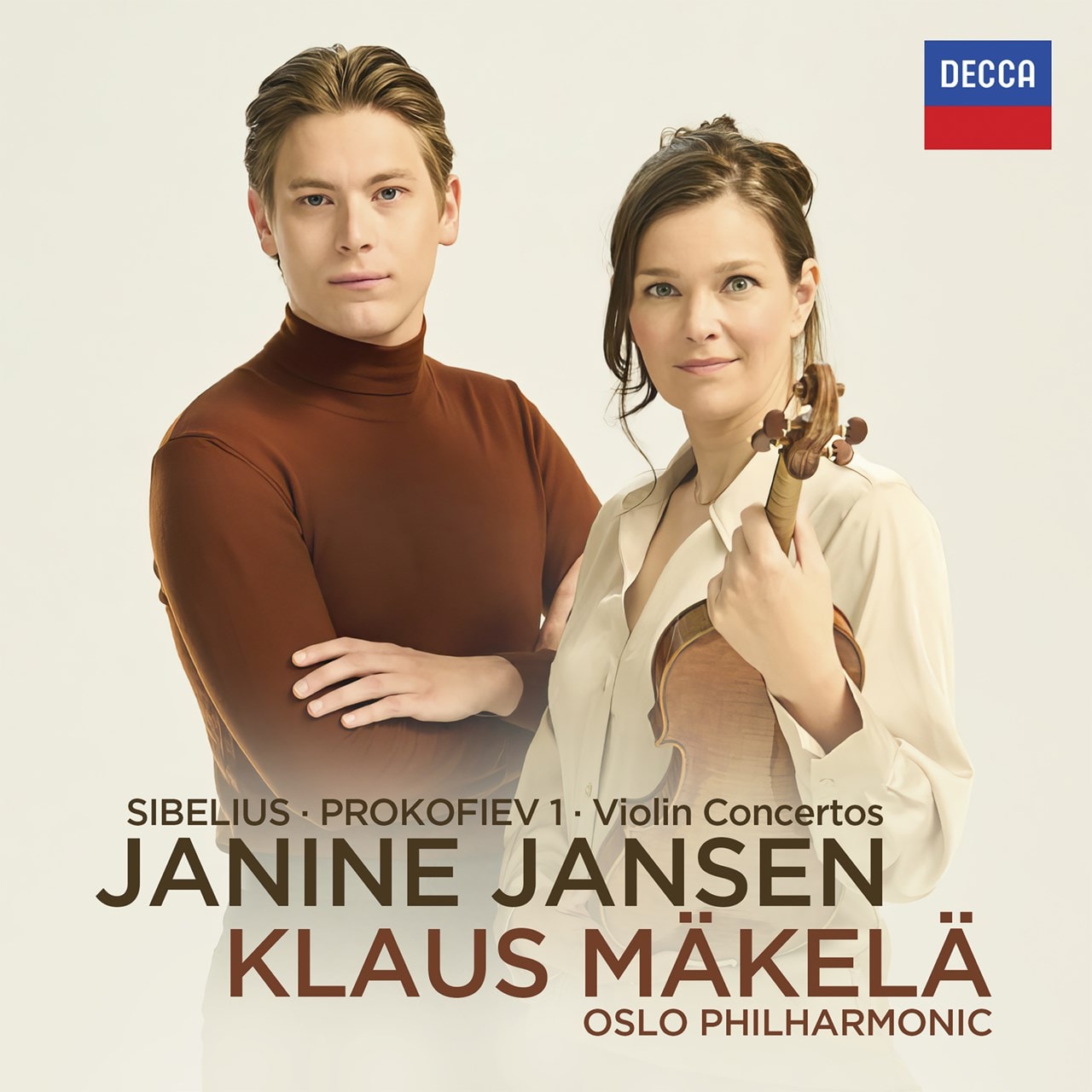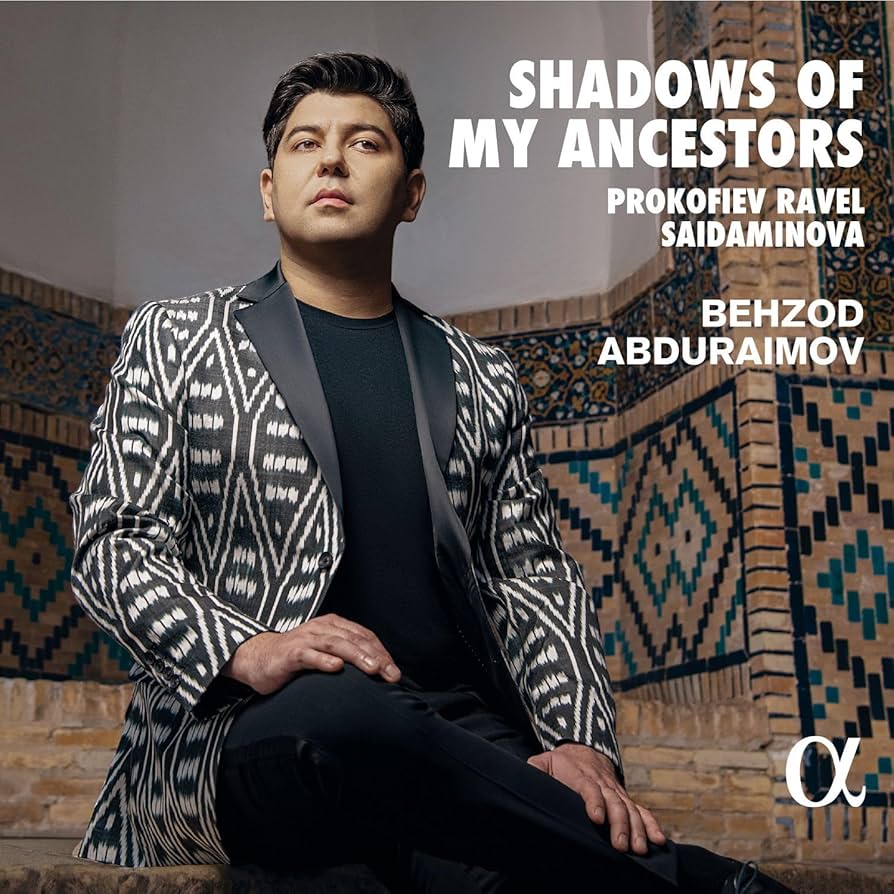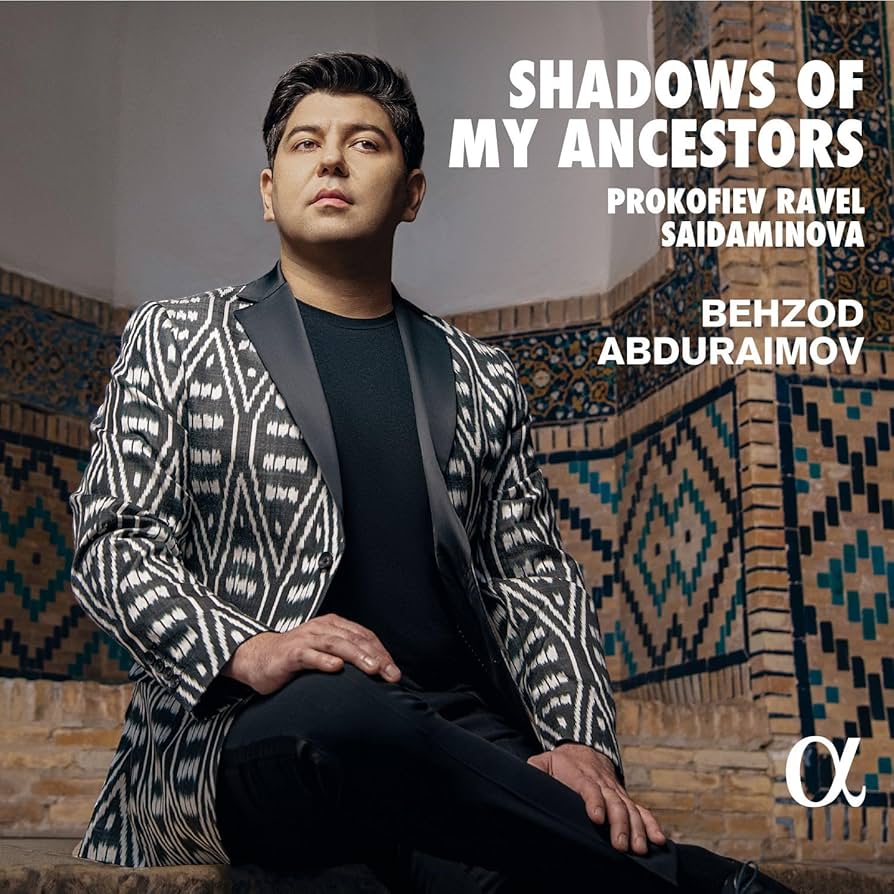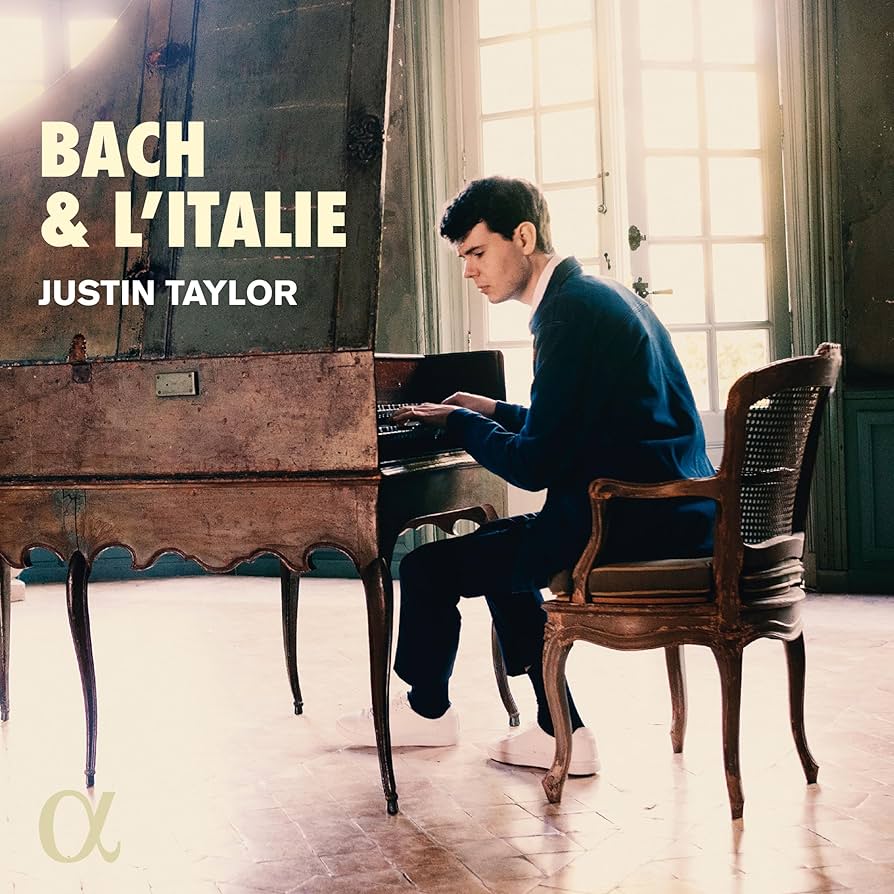THE VIENNA RECITAL
Don Roberts, October 2024
This live recording, captured at Yuja Wang’s April 26, 2022 recital in Vienna, evokes memories of her successful 2019 “Berlin Recital.” It features complete piano sonatas by Beethoven and Scriabin alongside individual movements or excerpts from larger cycles, echoing program structures common until the mid-20th century.
While billed as a single concert from Vienna’s Konzerthaus, the album deviates from the original program. Schoenberg’s Suite, which opened the live performance, is omitted here. Additionally, Albéniz’s “Lavapiés” from Iberia, originally the closing piece, appears midway through the album. The recital itself concluded with ten encores, only four of which are included here. Following suit with the Berlin release, DG could treat us to the remaining encores on a separate album.
Despite these alterations, the program remains eclectic and provides a satisfying listening experience, much like a well-curated recital. Works that might seem disparate on paper cohere through both contrast and thematic echoes. Wang demonstrates her mastery of densely layered compositions like those by Scriabin and Albéniz, highlighting the distinct voices within these complex works.
Her interpretation of Scriabin’s Piano Sonata No. 3 captures its fantastical spirit while acknowledging its elusive structure. Listen closely to how the slow movement subtly quotes the sonata’s main theme, as if from a dream (track 4, 4’10”). The two jazzy preludes by Nikolai Kapustin that follow subtly reference Scriabin’s exploration of future harmonic possibilities and stylistic innovations.
This recording, despite its deviations from the live program, offers a deeply engaging journey through a broad spectrum of piano literature, showcasing Yuja Wang’s virtuosic talent and interpretive depth.
